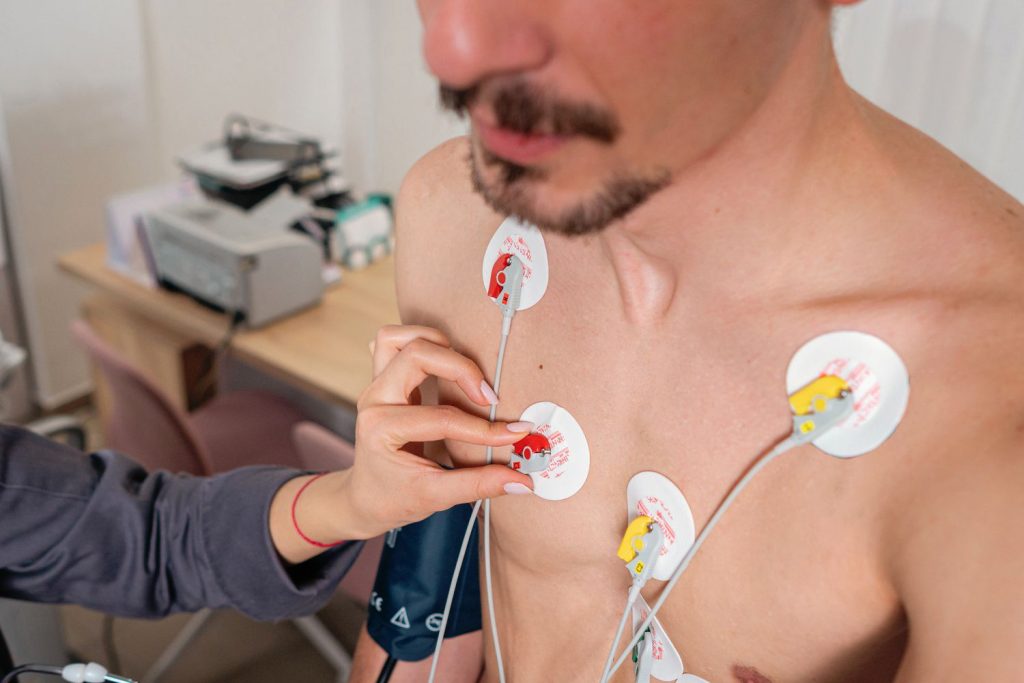
An electrocardiogram (EKG or ECG) is a non-invasive medical test that records the electrical activity of the heart. It is a crucial diagnostic tool used to detect heart problems, monitor heart health, and evaluate the effectiveness of treatments. The procedure involves placing electrodes on the skin to capture the heart’s electrical signals and display them […]
An electrocardiogram (EKG or ECG) is a test that measures the electrical activity of the heart over a period of time. It is used to diagnose various heart conditions, including arrhythmias, heart attacks, and other cardiac disorders. The test provides a visual representation of the heart’s electrical impulses, showing the timing and duration of each phase of the heartbeat.
During an EKG procedure, the following steps typically occur:
© 2023-2025 Blue Water Urgent Care. All Rights Reserved. Made With Love by Ignite Marketing Agency.